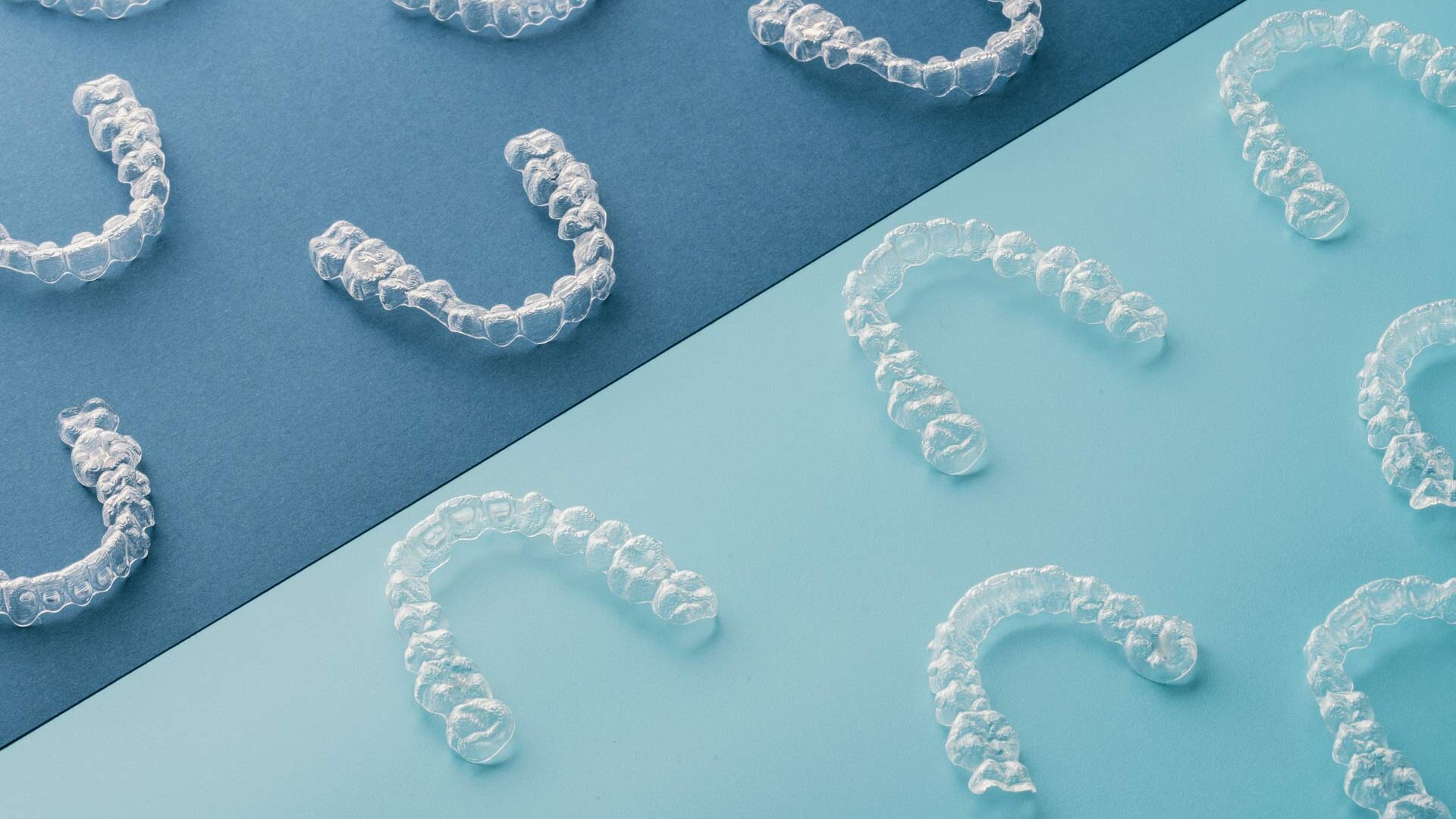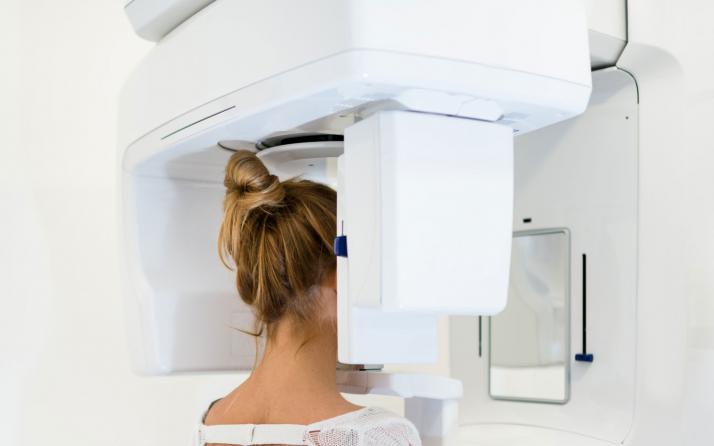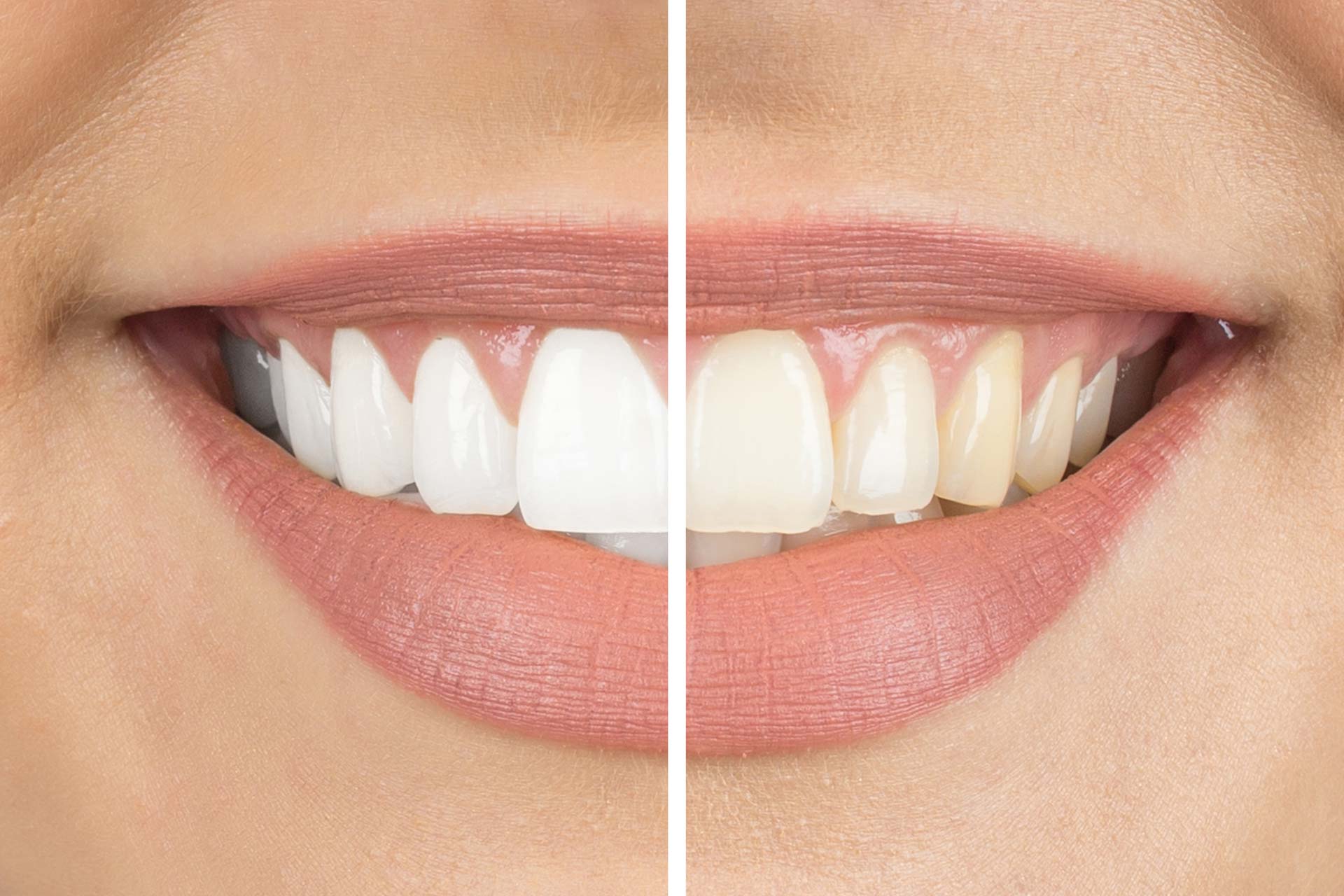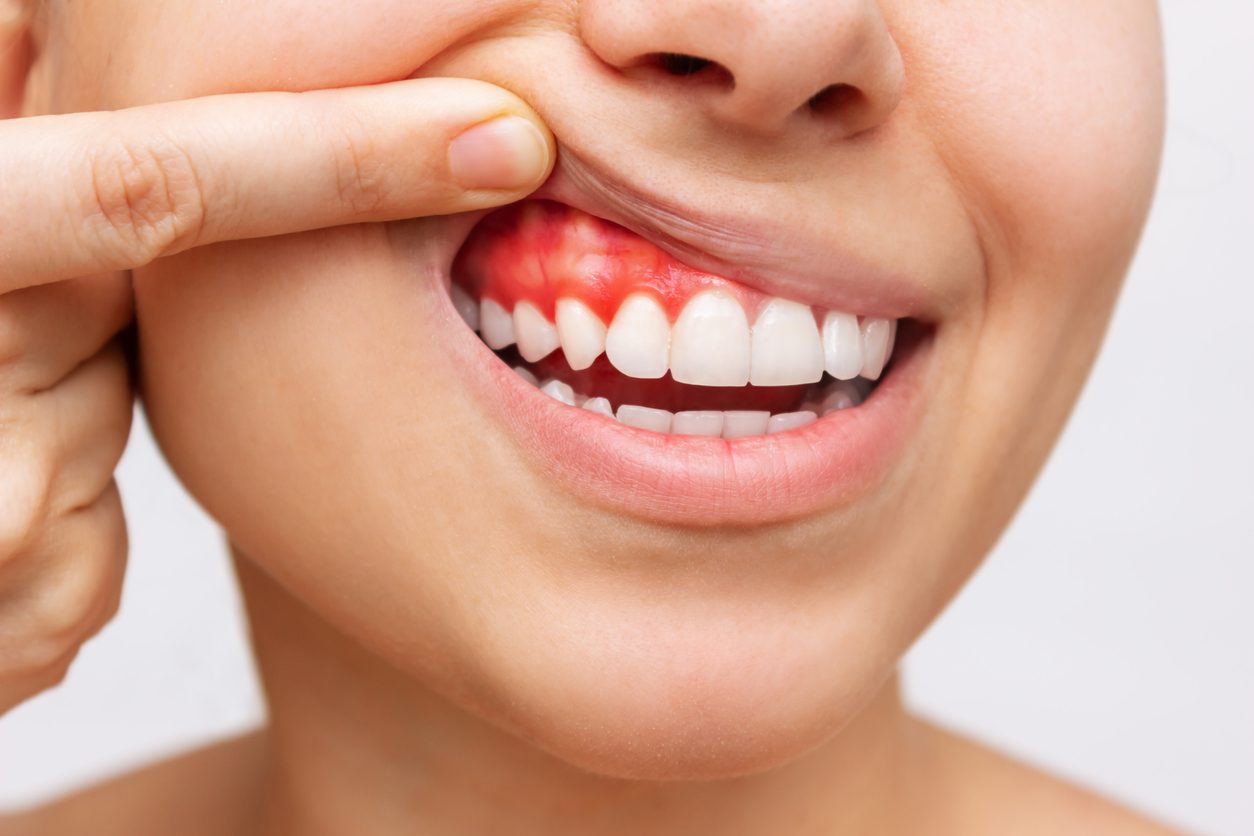What is CBCT Imaging?
Cone Beam Computed Tomography, or CBCT, uses divergent x-rays to render an image with a cone-shaped tomography (imaging with a penetrating wave). To generate CBCT imaging, a scanner, or gantry, is rotated around the patient’s head. The scanner creates a cone of x-rays from a source that are then received by a detector on the opposite side, which creates an image. Dense bone matter absorbs more x-rays as they pass through the head, allowing the scanner to develop an image. As the scanner is rotated around the head, it produces upwards of 600 separate images and combines them to create a 3-D rendering of the teeth. Once the images are taken and the rendering complete, the final 3-D image can then be examined using specialised software. CBCT technology is about twenty years old in New Zealand, making it very much a 21st Century technology, but it is continuing to grow in popularity among cosmetic dentists.How is CBCT Imaging Changing Dentistry
CBCT imaging allows for tremendous precision when developing orthodontic or cosmetic dentistry solutions, such as dental implants or wisdom tooth extraction. Renderings of a patient’s dentition allow for assessment of both erupted and non-erupted teeth, wisdom teeth angle and position, and anomalous tooth orientations and structures, in ways that had previously been unavailable with simpler 2-D x-rays. CBCT technology is less expensive and smaller than traditional CT scanners, as well as scanner faster and with a lower dose of x-rays. CBCT imaging provides extremely precise and accurate renderings, allowing dentists to develop highly personalised orthodontic solutions. Cosmetic dentists can use CBCT images to create crowns and implants that perfectly replicate your existing teeth. Today, polled dentists have made clear that CBCT imaging has made them more confident in their diagnoses of dental problems and improved their perception of localisation and root damage. Dentists are less likely to encounter surprises during invasive oral surgeries and develop implants that are more precise and cause fewer problems later in life. In short, CBCT imaging has made the practice of dentistry more precise and patients more satisfied.
Find a dentist with the latest technologies
You deserve a dentist in Lower Hutt that embraces the latest innovations in dentistry to deliver the most accurate, helpful, and pain-free service possible. Naenae Dental Clinic has embraced CBCT imaging, among many other modern technological breakthroughs to provide the dentist experience of the future. If you expect precision, accuracy, and comfort from your dentist, contact Naenae Dental Clinic today.





